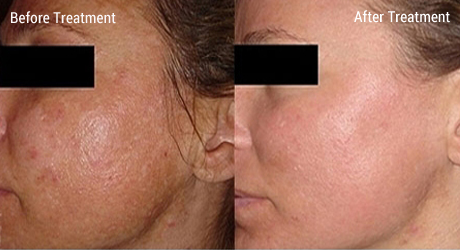Chemical peels for Melasma

Chemical peels are one of the most effective, economical, and safest ways to improve overall skin tone and texture. The first chemical peels date back to the Egyptians who used sour milk baths (lactic acid), various chemicals (e.g., alabaster and salt), and sandpaper in order to attain a smoother skin surface.
Chemical peeling:
Chemical peels, also known as chemexfoliation or derma peeling, uses a chemical that makes the skin peel off allowing new skin to replace it. The new, regenerated skin is usually smoother and less wrinkled than the old skin. The procedure is safe and most effective on the face.
Usually performed in a series of at least 3, roughly 3-4 weeks apart, chemical peels have been shown to significantly improve acne scars, pigmentary problems like superficial melasma and sun damage.
Chemical peeling can be superficial, medium & deep depending on the requirement. Superficial chemical peels are great for hyperpigmentation, pores, and fine lines. Procedures are well tolerated, take approximately 15 minutes, and most patients return to work immediately. Peeling begins around day 3, and is completed by approximately day 7.
The main difference between the kinds of chemical peels is the different solutions and their intensity. The various chemical peels that are available includes Alpha Hydroxy acid peels (AHAs), Beta Hydroxy acid peels (BHA), retinoic acid, phenol peels, trichloroacetic acid peels and combination peels.


